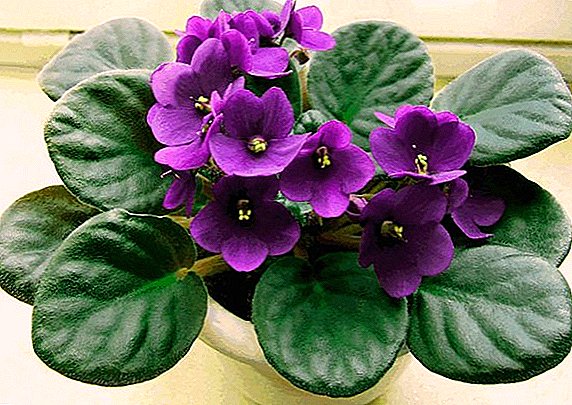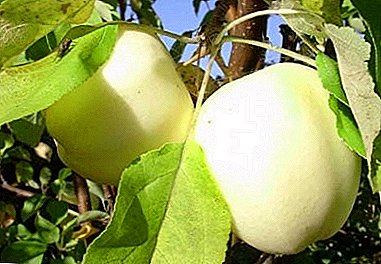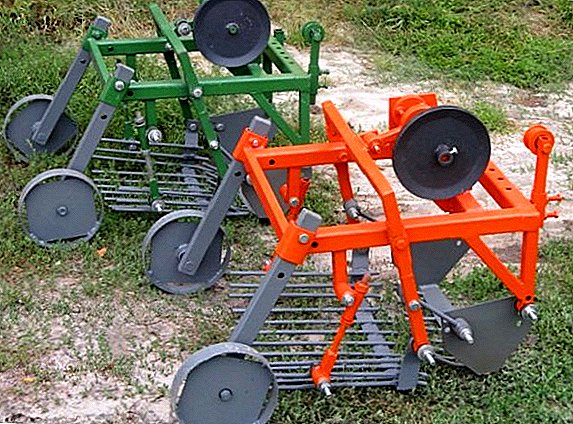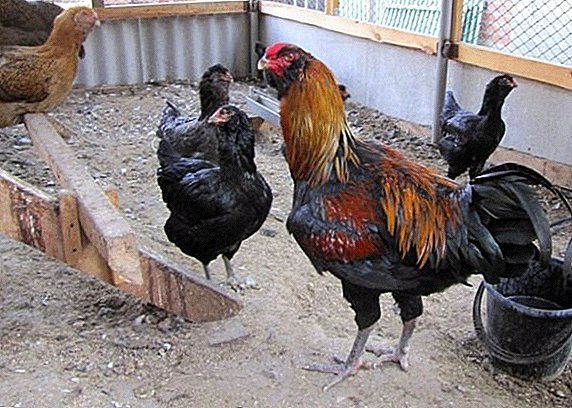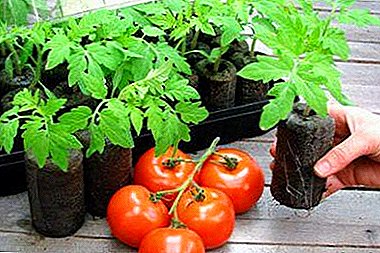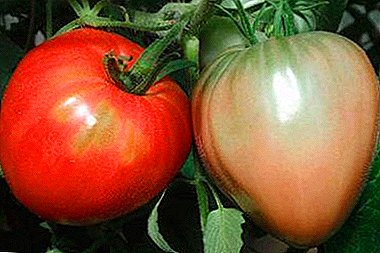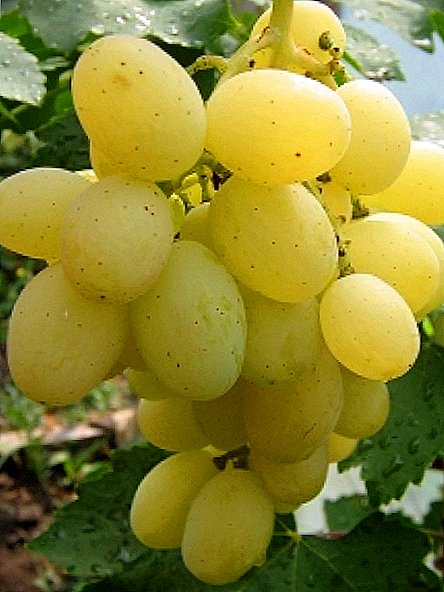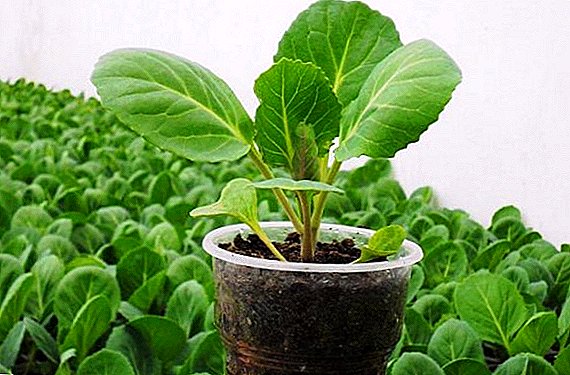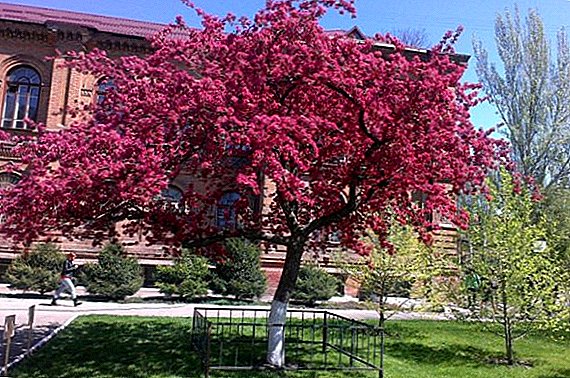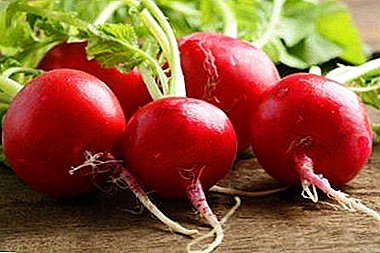
The variety of radish called "Dawn" (from the Latin RAPHANUS SATIVUS VAR. RADICULA 'ZARYA') refers to the early ripening varieties. He was bred in 1989 by breeders from the All-Russian Research Institute of Vegetable Production.
Further in the article you will find a similar description of the variety, especially its cultivation and characteristics of similar varieties.
Why did he become so popular and what are his advantages? Read in our material and see photos of this early vegetable.
Description of the root
Root from bright red to dark red color on average 3.9 centimeters, diameter can reach 3 centimeters. On average, the weight of one fruit is 18-20 grams (when grown in open ground) and 6-7 grams (when grown in protected ground), therefore experienced gardeners prefer to grow radishes in open ground to get the desired result, while giving it extra care and feeding.
A photo
Here you can see a photo of radish Zarya:




Uses and Yields
Used fresh for making salads, because it contains a fairly high level of vitamins and is combined with other vegetables (cucumbers, tomatoes). The flesh inside is very juicy and tender, has white color, fruits can be stored fresh for a long time, do not fade. The leaf is medium in size, medium dissected, slightly pubescent, scapes rather thin, medium in size.
Unlike other varieties, the fruits of radish "Dawn" are not bitter. The yield of the variety is from 1.5 kg. up to 2.3 kg. with 1 square meter. The fruits are pulled out quite easily, with proper care, the summer resident gets exactly the result he dreams of.
Care
Sowing time - early, and maturity occurs within 30 days. Suitable for both open and closed ground, prefers sunny places, which have a beneficial effect on the rate of ripening and fruit quality.
Preferably a place that is isolated from the wind. Planting scheme 4x20 centimeters (each seed should be located 20 centimeters from the next, not more often).
The care is pretty simple.:
- weeding is necessary;
- watering;
- plant nutrition.
The amount of watering depends on the climate: if the temperature is too high, then it should be carried out daily, in case of cool weather, watering is carried out 1 time in 2 days. As a feed you can use:
- urea;
- double superphosphate;
- wood ash;
- humus;
- compost.
Top dressing is carried out mainly before planting, while digging the soil for planting.
Watering
 It is very important to note that watering radish must be treated responsibly: if you water it too often, the fruits may become watery and tasteless due to excess moisture. But if you missed the time of watering, the fruits of the radish become elongated, tough and very bitter.
It is very important to note that watering radish must be treated responsibly: if you water it too often, the fruits may become watery and tasteless due to excess moisture. But if you missed the time of watering, the fruits of the radish become elongated, tough and very bitter.
But with proper care the summer resident gets a lot of advantages.:
- a rich crop that is resistant to low light;
- long stored.
It has a large number of benefits that are beneficial to health. We will write about this below.
In addition, this root crop has pronounced antimicrobial properties, as well as a very high content of essential micro and macro elements, vitamins (for example, ascorbic acid content in fruits reaches 41.4 mg%). This has a beneficial effect on the health of summer residents and their families, and radish makes one of the most sought-after and desired root crops.
Disease resistance
The variety is relatively disease resistant (for example, to such common ones as white rot or black foot, which affects root crops, not allowing them to grow to the desired size), but needs additional feeding, especially if climatic conditions do not meet the norm (precipitation, windy weather, sharp frost at night Times of Day).
As recommended cultivation regions, agronomists offer open and protected ground in areas such as:
- Northwestern.
- Central.
- Volga.
- West Siberian.
- Volgo-Vyatka.
- Far Eastern.
- Ural region of the Russian Federation.
In addition, the variety is resistant to color flowering (flowering does not reduce the quality of root crops and leaves, so the radish looks fresh and does not undergo diseases).
What is the reason for the popularity?
 The variety is very popular, it is also grown in countries such as Ukraine, Belarus and Estonia, where the climate is favorable, and the harvest is quite rich.
The variety is very popular, it is also grown in countries such as Ukraine, Belarus and Estonia, where the climate is favorable, and the harvest is quite rich.
Reviews of this variety are mostly positive., gardeners and agronomists note:
- high yield varieties;
- fruit taste properties;
- seeds are available at any convenient store to visit.
Convenience and simplicity in the care makes this variety one of the most popular of all that exist at the moment.
Radish "Zarya" perfectly takes root in the soil, which is pre-fed and fertilized. Does not need additional funds, only in the care and maintenance of a favorable water balance of the soil.
Similar varieties
The variety of properties and quality is similar to other varieties of radish.
- Sort "Quart" (the size reaches 4 centimeters, the flesh is juicy and tender, the taste is low-sharp with proper care and root crops). "Quart" is also a rather early ripe variety, the period from full germination to technical ripeness varies from 25 to 30 days. The variety is resistant to diseases, especially to white rot and black leg seedlings.
- Another variety that looks like Dawn - radish "Ilke". It belongs to the varieties of the average ripening period, the period from the beginning of germination to maturity is 25-30 days. Fruits of red color of a round form weighing from 16 to 20 grams, pulp is white and juicy. It is also weakly affected by pests found in cruciferous crops.
Thus, the variety of radish "Zarya" is one of the most popular, affordable, and on demand. Do not forget that experienced gardeners note its value and declare that the quality of the fruit is very high, the yield is also high, but the variety needs care and control over the level of moisture. The early harvest allows summer residents and family members to get the necessary vitamins and recuperate after the winter season, and the taste qualities will appeal not only to adults, but also to children.


